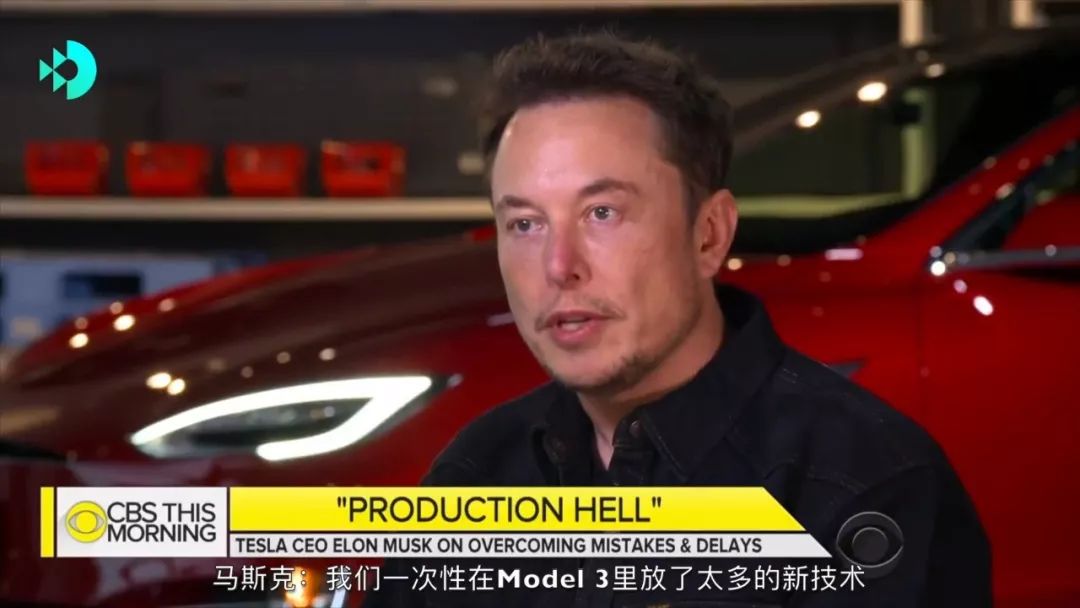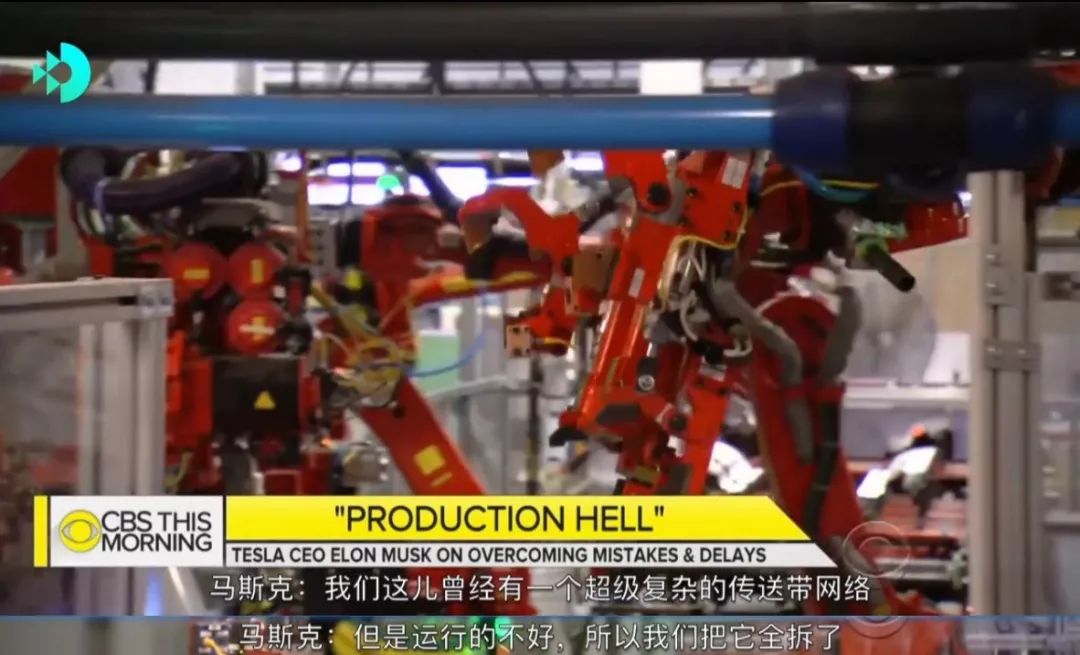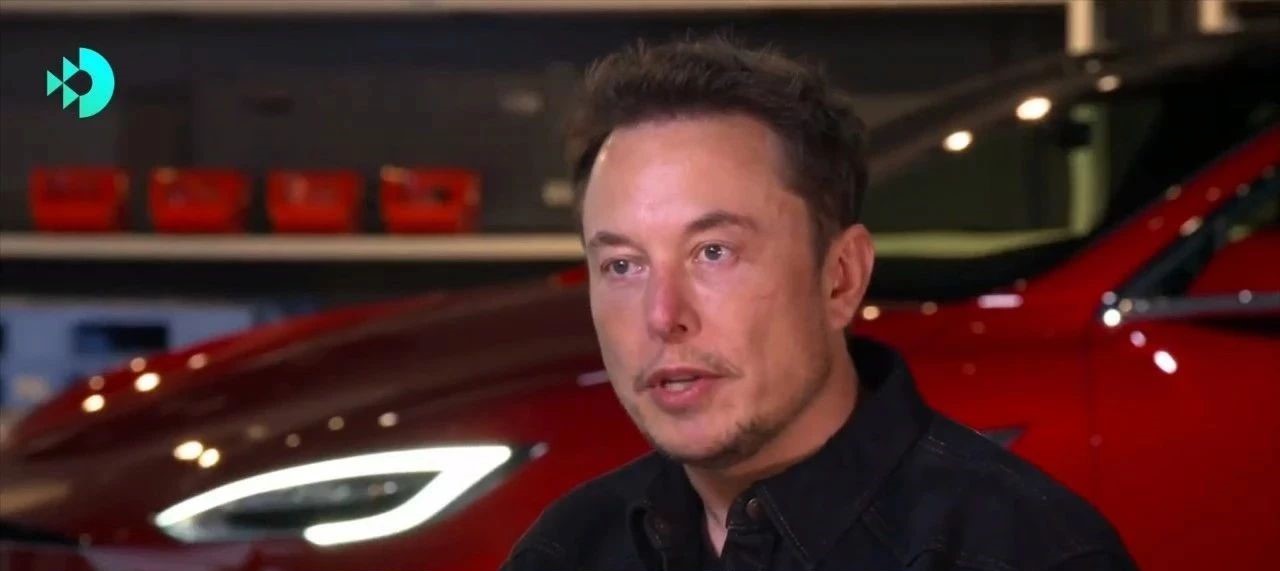The Production Capacity Problem of Tesla Model 3
The attention generated by the production capacity problem of Tesla Model 3 may make it into the Guinness World Records.
Along with the famous Twitter account @Model3VINs and Bloomberg’s predictive model, Model 3 has been constantly making headlines in global technology media due to production capacity issues.
Under the efforts of Tesla CEO Elon Musk, Model 3 recently once again caught the attention of the global media. However, upon closer inspection of his statements, Wall Street analysts were ready to fight.
In the April 2 CEO email, it was stated that the overall production capacity of Model S/X/3 had reached 4,000 vehicles per week, which is twice the number achieved in 2017. By the end of this year, it is believed that the production capacity can be increased to four times that of last year.
In the April 3 delivery notice, it was predicted that Model 3 could reach a production rate of 5,000 vehicles per week by the end of Q2.
In the April 17 CEO email, it was stated that production line upgrades at the end of May would ensure that the production capacity could reach 6,000 vehicles per week by the end of June.
…
To simplify, “four times that of last year” equals 8,000 vehicles per week, minus the stable 2,000 vehicles per week produced by Model S/X throughout the year, meaning that the expected production capacity of Model 3 by the end of this year is 6,000 vehicles per week. However, the delivery notice stated that 5,000 vehicles per week could be achieved by the end of Q2, which means that the weekly production capacity for the second half of the year would only increase by 1,000 vehicles per week. This left many feeling bewildered upon reading the new email: the production capacity must reach 6,000 vehicles per week by the end of June.
In fact, there is nothing complicated. The whole world is paying attention to Model 3, and the employees are under huge pressure. As the CEO, Musk can only use the stick and carrot method to control the workers, as soon as he shows love, he suddenly turns around and starts to criticize.
Then the question comes: why is the production capacity of Model 3, a car that “learns from the lessons of Model X and considers ease of manufacturing from the design phase” always lacking?
Musk, who is located in the Gigafactory, provided the answer:

Of course, this sentence did not really get to the point; it could be considered as one of the reasons. The most important thing is this sentence:
 We’ve seen this “super complex conveyor network” before. Elon Musk mentioned a similar concept during the Q1 earnings call (by the way, the Q2 earnings call is coming up soon, where we can hear about the Model Y’s progress and Ma Yogaon’s views on lower tariffs and the opening up of stock ownership in China).
We’ve seen this “super complex conveyor network” before. Elon Musk mentioned a similar concept during the Q1 earnings call (by the way, the Q2 earnings call is coming up soon, where we can hear about the Model Y’s progress and Ma Yogaon’s views on lower tariffs and the opening up of stock ownership in China).
In my opinion, there are two main advantages to (the Tesla factory), the first being the battery module (the difference caused by automated production lines), and the second being the transmission of components. This refers to the automatic transmission system that transports parts to the production line. In fact, Tesla’s Fremont factory has designed two levels, with the first level responsible for transporting all components. These automatically stored components are transferred to the automatic transport system, which directly delivers them to the production line.
Battery module automation has been talked about many times before, with suppliers failing to deliver and Tesla taking over. However, I cautiously doubt that this issue is the most critical factor limiting production capacity. The reason is that during the last earnings call, Musk said that the new battery automated production line is expected to be mass deployed at Gigafactory in March. However, the growth model monitored by Bloomberg shows that the March production capacity did not surge, and at the end of the month, the workers were not able to reach the preset target of 2,500 vehicles per week.
Now let’s dive into the “conveyor network.”
There are four major processes in car manufacturing: stamping, welding, painting, and final assembly. I won’t go into the first three, as most advanced factories of new car companies and traditional car manufacturers can achieve over 90% automation. However, final assembly has a low automation rate. As you can see in the CBS interview, the “conveyor network,” which is rumored to have been built and then completely dismantled, is also in the final assembly workshop of Model 3.
Final assembly refers to the process of assembling all the parts that make up a car, such as the body, engine, transmission, dashboard, headlights, and doors, into a complete vehicle.
Why is it difficult to use robots to assemble these parts? Robots can accurately assemble large, high-strength parts, but a car also has many other small parts, such as bolts and rubber wiring harnesses for connecting various electronic devices, that are plastic parts. “There are many plastic parts that need to be hit and squeezed during final assembly, which is very unfriendly to robots.”
Considering that the automation rate of the first three processes is already very high, it can be said that final assembly is single-handedly slowing down the production speed of cars.
Model 3 still has over 400,000 orders backlogged, so Tesla is actually the car factory with the most motivation to “cutting-edge” its final assembly process.The Model 3 has two advantages in automation assembly, firstly, electric vehicles have fewer components than fuel vehicles. According to Musk, the Model 3 has only 10,000 components, while the Model S has 30,000. Secondly, as mentioned earlier, the wiring harnesses that are particularly difficult for machines to grasp and control measure only 1.5 km for the Model 3, compared to 3 km for the Model S. Tesla has been trying to overcome the barriers to automated assembly.
Tesla’s “conveyor belt network” and other modules for automated assembly lines may form the industry’s first automated assembly line. However, since they dismantled it all when it was not operating well, it was clear that Tesla was too hasty and that the reason for poor operation could be that there are still too many components, and the wiring harness is still too long, resulting in a complex automation process in assembly and a lower efficiency compared to the workers.
So Tesla reversed course, and according to the CEO email on the 17th, the team expansion rate for Fremont plant and Gigafactory will reach 400 people/week in the coming weeks to increase staff and achieve 7×24 operation – in fact, robots can work around the clock without rest.
As for the Model Y, which will be released in the latter half of this year, it is not clear yet how much the number of components will be reduced, but the wiring harness will only be 100 meters long. Therefore, it’s certain that Tesla’s automation in assembly will continue. I am curious that whether there are so many new car companies and traditional manufacturers thinking about automation assembly? In any case, Tesla has acquired Grohmann Engineering and Perbix, two automated machine manufacturers, for that completely dismantled “conveyor belt network,” and the technology reserve is there.
To conclude with Musk’s perspective on Tesla’s factory:
The competitive strength of Tesla long-term is not going to be the car; it’s going to be the factory.* First Exposure of the Model 3 Production Line and Musk’s Exclusive Interview with CBS

This article is a translation by ChatGPT of a Chinese report from 42HOW. If you have any questions about it, please email bd@42how.com.
